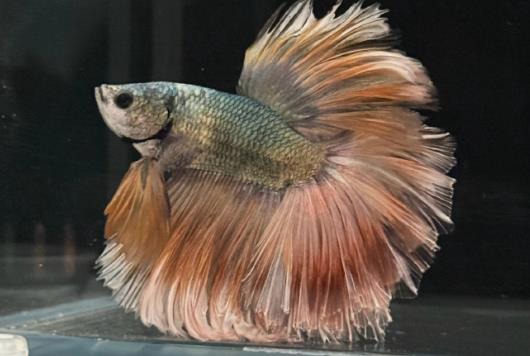Eye swelling (popeye disease) in betta fish can stem from multiple causes. Here are common reasons and corresponding treatment plans:

1. Bacterial Infection (Most Common Cause)
Symptoms
- One or both eyes bulge, possibly with white films, redness, or ulcers around the eyes.
- In severe cases, tissues around the eye socket decay, and the fish becomes lethargic.
Treatment Protocol
- Early-stage Care: Change 1/3 of the water, raise the temperature to 30°C, add coarse salt (1‰ concentration), and enhance oxygenation.
- Antibiotic Therapy: Oxytetracycline bath (1 tablet per liter, 4 hours daily) or penicillin (10,000–20,000 units per liter).
- Adjunctive Medication: Apply methylene blue eye drops or erythromycin eye ointment to the affected area.
2. Parasitic Infection (e.g., Hexamita)
Diagnosis
- Eye swelling accompanied by sunken nostrils, white spots on the body, or abnormal secretions.
Treatment Protocol
- Metronidazole bath (5mg/L) or use commercial antiparasitic tablets (e.g., "General Cure") for 5 consecutive days.
3. Water Quality Issues or Physical Injury
Causes
- Aging water quality from infrequent water changes, or eye injuries from sharp objects in the tank.
Management Steps
- Immediately improve water quality (change 50% of the water and add activated carbon), and remove hazardous decorations.
4. Additional Precautions
Care Tips
- Fast the fish during treatment to reduce metabolic stress.
- Avoid mixing medications; prioritize mild single drugs (e.g., oxytetracycline).
Prevention Tips
- Regularly test nitrite levels and avoid feeding live prey that may introduce pathogens.
If swelling persists for over a week or is accompanied by pinecone scales, ascites, or other severe symptoms, organ failure may be a concern.
